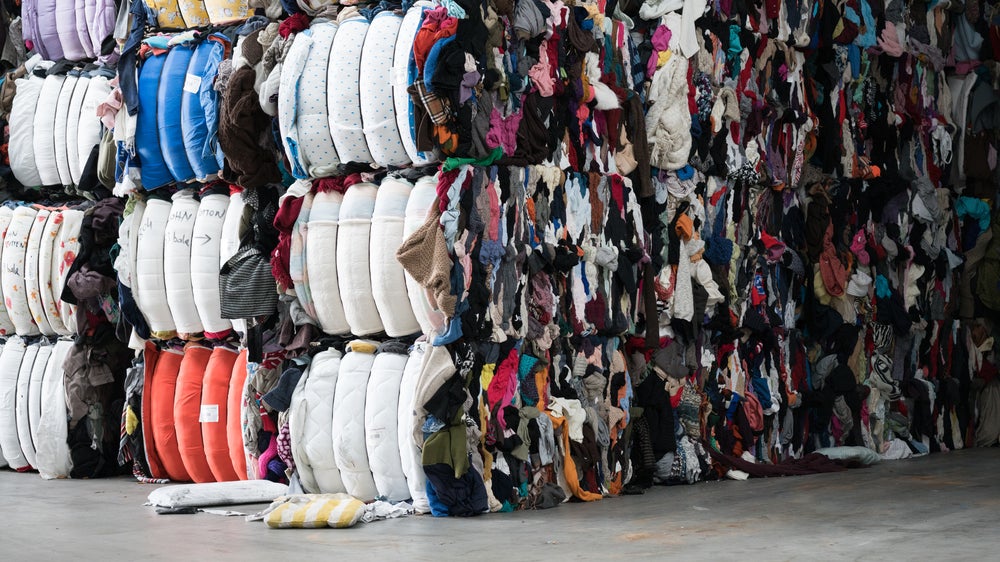
EURIC, the confederation that represents European recycling industries at EU level, states the study shows the benefits of secondhand clothing exists even when accounting for global exports for reuse such as transport emissions.
It also highlights the significant CO2 and water savings of secondhand clothing compared to producing new items and describes it as a “massive” 3kg of CO2 saved for each high/medium-quality clothing that is reused.

Discover B2B Marketing That Performs
Combine business intelligence and editorial excellence to reach engaged professionals across 36 leading media platforms.
EURIC explains the findings follow on from the launch of the EU’s Strategy for Sustainable Textiles and the requirements for member states to start collecting textiles separately by 2025.
President of EURIC Textiles, Mariska Boer, explains: “Regrettably, around 62% of used clothing and textiles end up in household waste meaning valuable textiles are likely to be incinerated or landfilled. The European textile reuse and recycling industry envisages a circular textile value chain where every piece of clothing is reused in an optimal way and/or recycled.
“This study endorses the environmental benefits of a global market for textile reuse and recycling’s potential to tackle the rising amounts of low-quality and non-reusable clothing.”
EURIC highlights that its study confirms waste hierarchy assumptions on the environmental benefits of reuse over recycling in the case of low-quality clothing, which are typically entirely composed of polyester.

US Tariffs are shifting - will you react or anticipate?
Don’t let policy changes catch you off guard. Stay proactive with real-time data and expert analysis.
By GlobalDataThe study also suggests recycling has a comparative environmental benefit when consumers are less likely to purchase second-hand clothing.
EURIC is keen to share its recommendations from the report to policymakers and call for initiatives that accelerate investments in state-of-the-art textile recycling facilities globally.
In particular, innovation in fibre-to-fibre recycling will be key to keep textile fibres in the loop as volumes of non-reusable clothing are set to dramatically increase. The study also notes the importance of eco-design criteria that enhance the lifespan of clothing before there is a need for recycling as well as rules that mandate detailed sorting of high/medium-quality and low-quality textiles.
The aim is to use the knowledge gained from this to create a priority-driven policy framework in response to the current legislation resulting from, amongst others, the European Strategy for Sustainable and Circular Textiles and the creation of new EU policies and programmes to support fashion and creative industries.





